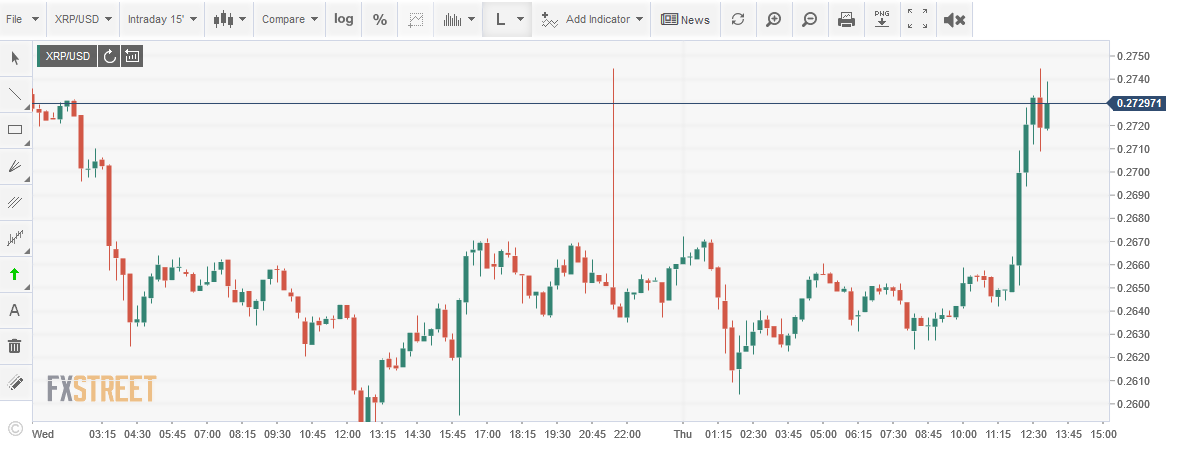The Brilliance Of Premining Coins
![]() The Concept Of Premining
The Concept Of Premining

Premining, or to premine coins, is an idea that comes from the cryptocurrency sector. The idea is that a developer, before making it public, can set a specific cryptocurrency amount. One advantage is that premining allows for the payment of different aspects like payment for core block explorers or hosting cryptocurrency.
Premining coins are cryptocurrency which are used in the payment of development processes such as employees of the developers or the listing of the coin itself. Also considered premining, are cryptocurrencies coming from the genesis block that are issued before ICO pre-sales.
The reason that this is so useful is that it allows for as much money as is needed for developing the infrastructure of the currency itself. This is possible because the money that is created is used for its own development.
How Ripple XRP Premines
One cryptocurrency that is using premining, is Ripples currency, XRP. Ripple Labs, the parent company of Ripple, is focused around remittance service and currency exchange, which has allowed Ripple to be one of the most active in blockchain projects. The service even provides a distributed ledger over a network of nodes through their RTGS protocol. When it comes to their remittance service, they have even become competitive with SWIFT.

In the development of the network for their remittance service, Ripple used XRP. Their network did not need a Proof-of-Work system, but instead, is just made up of validating nodes. When Ripple first launched their network 100 XRP tokens were created. 38 billion XRP was put in circulation while Ripple Labs, which is responsible for furthering the network’s development, maintained 60 billion. The founders received the remaining XRP.
Incentive Program
In order to recruit more partners and increase the use of XRP, Ripple has created an incentive program. This program is called the RippleNet accelerator program for organizations and companies promoting XRP’s network, by giving them financial incentives. By using their own XRP worth 300 million dollars, Ripple labs was able to fund their accelerator program. The accelerator program includes a volume rebate and an incentive for adoption marketing. By using other incentive strategies like those used by Groupon and Paypal, Ripple could grow even faster.
One such program, using referral incentives, made possible growth rates between 7-10% per day and allowed PayPal to reach 100 million users. Similarly, Groupon was able to grow very quickly through its own referral program. Because Ripple is currently early in development, referral programs are a great avenue for reaching desired growth.
Decentralization
The idea of decentralizing Ripple has been cause for much debate and many opinions. Some believe that Ripple Labs should maintain at least 50% control of XRP. Others, however, argue that Ripple is not needed for XRP to function properly, and that XRP would still be around if Ripple weren’t. The term decentralization’s meaning is still not clear when it comes to cryptocurrencies, so both arguments are valid depending on how you look at it. The uncertainty in the meaning decentralization is what allows Ripple to continue in the business of remittance.
Ripple’s Supply In The Market
Contrary to investor’s expectations, XRP charts show that, in recent years, this cryptocurrency has had little growth or increase in value. This is magnified by the huge growth of Bitcoin (BTC) since it was established. Compared to Bitcoin (BTC), XRP has been fairly stagnant.
XRP is less risky than BitCoin, as it is not meant to store value, and thus has a more stable price. Because so many people have invested in Bitcoin in order to profit from its growth, the price of Bitcoin has had a lot of fluctuation.
Stability and low volatility in XRP’s value is important to the Ripple company. In order for XRP to be appealing as a cryptocurrency that can be used in money remittance, as intended, the currency must remain stable. Ripple understands this and maintains the stability of XRP by only releasing a certain amount of coins into the market at a time, and thus controlling the inflation of the currency.

Developers only release a certain amount of the XRP supply into the market at a time, but with higher and higher demands that amount will likely dwindle. Increased use of Ripple to complete transactions, and increasing popularity of the cryptocurrency will lead to more people using it, and for these reasons there will be higher XRP demand.
The Deflationary Nature Of XRP And Token Burning
Ripple Developers have taken measures to ensure that XRP will stay deflationary versus inflationary because they created XRP and XRP’s platform for the purposes of remittance services. This can be seen by the performance of Ripple’s price, which acts unlike other currencies, for example, the volatility of Bitcoin.
Ripple uses various methods to do this, one being coin burn. Coin Burn is the when a number of coins are removed from circulation. While it can be seen as a transaction cost, this is done to prevent the disruption of transactions by spam and denial-of-service attacks. The amount of XRP that is destroyed in a transaction is controlled by the burn rate.
This burn rate (transaction cost), is meant to increase with the increase of the network’s transaction volume over time. Because of this, the currency is based on its utility in transactions instead of being based on the supply and demand of products.
XRP’s stability is what makes it advantageous for international use in remittance, and appealing for use in online transactions.Ripple is relying on this to attract, not just corporations to cryptocurrency, but also individuals. Ripple has the advantage in this regard, because other currencies like Bitcoin are unstable, and thus, are not ideal for online transactions.




